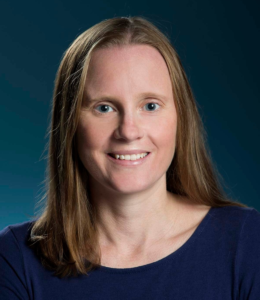When politicians and policy makers can’t agree on a basic set of facts, how can they really establish a set of priorities for a nation?
When citizens have more difficulty discerning facts from opinion, and no longer trust elected leaders or the media to provide information, what does that do to a society?

In a new book entitled Truth Decay: An Initial Exploration of the Diminishing Role of Facts and Analysis in American Public Life, Jennifer Kavanagh of RAND and her colleagues set out to answer those questions, only to find a distressing state of affairs set in motion long before the 2016 election brought the term “fake news” into our vocabulary.
“Truth decay is the term we’re using to refer to the diminishing role facts, data and analysis play in political and civil discourse and in our policy-making process,” Kavanagh says. “We wanted to define what this means, what we think is causing it, to talk about the consequences and to think about what we still don’t know and lay out a research agenda for studying it. It allowed us then to launch into a research agenda and set up a portfolio of work to understand and address the phenomena.”
It was a key point established early on in the research: “If policy makers can’t agree on facts, if they don’t have a common set of facts as a starting point, they can’t actually have a meaningful policy debate,” she says. “They can’t debate policy options, set national priorities, (determine) how do we allocate scarce resources.”
At the start, RAND, a research organization that works with policy makers, established four trends as contributing to truth decay: The increasing disagreements between facts and data, even when more evidence exists to support established facts; the blurring of the line between facts and opinion; the increasing volume of opinion, especially when presented as fact; and the declining trust in institutions that once were trusted sources of valid, fact-based information.
Distrust in the media and government is so high at this point in history that people don’t know who to believe.
“People not only are not sure what’s true and what’s not, but they don’t know where to turn” for fact-based information, Kavanagh says.
